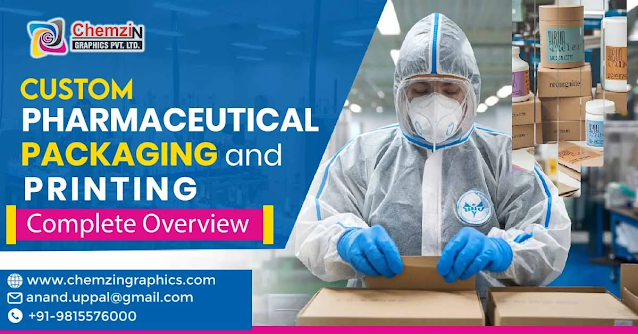Why Clear Pharmaceutical Labels Matter for Patient Safety
In the complex landscape of healthcare, pharmaceutical labels and packaging play a crucial role in ensuring patient safety. These labels serve as a vital communication tool, providing essential information about medications, including dosage, ingredients, warnings, and expiration dates. The clarity and accuracy of pharmaceutical labels can significantly impact patient outcomes, making their design and implementation a top priority for pharmaceutical companies.
Pharmaceutical labels are often the first line of defense against medication errors. When patients are prescribed medication, they rely on clear instructions to understand how to take their medication correctly. Ambiguous or poorly printed labels can lead to confusion, potentially resulting in missed doses, overdoses, or even adverse reactions. For example, if a label fails to clearly indicate the dosage or frequency of administration, patients may inadvertently take too much or too little of a medication, leading to severe health consequences.
Moreover, the design of pharmaceutical packaging complements label clarity. Packaging that is difficult to open or poorly organized can also contribute to medication errors. When patients struggle with packaging, they may become frustrated and overlook critical information on the label. Easy-to-read labels and user-friendly packaging are essential to ensuring that patients can safely manage their medications.
The significance of clear pharmaceutical labels extends beyond individual patients. In a clinical setting, healthcare professionals rely on these labels to provide safe and effective care. Pharmacists, nurses, and doctors depend on accurate labeling to prevent medication errors during prescribing, dispensing, and administration. In a fast-paced hospital environment, the ability to quickly interpret medication information is vital for timely patient care. Misinterpretation of labels can lead to significant delays in treatment or even dangerous mistakes, highlighting the need for clear and standardized labeling practices.
Regulatory agencies, such as the Food and Drug Administration (FDA), emphasize the importance of clear labeling in their guidelines. These regulations require pharmaceutical companies to adhere to specific standards when designing labels. Compliance with these standards not only enhances patient safety but also helps pharmaceutical companies avoid legal issues and potential recalls due to labeling errors.
In addition to safety, clear pharmaceutical labels also contribute to patient adherence. When patients can easily understand their medication regimen, they are more likely to follow it correctly. This adherence is critical for managing chronic conditions, where consistent medication intake is essential for treatment efficacy. Patients equipped with clear information are empowered to take an active role in their health, leading to better health outcomes.
Furthermore, in an increasingly globalized world, the need for clear pharmaceutical labeling becomes even more pronounced. With the rise of online pharmacies and international drug distribution, patients may encounter medications from various countries with different languages and labeling standards. This diversity necessitates a universal approach to labeling that prioritizes clarity and comprehension, regardless of the patient's native language.
In conclusion, clear pharmaceutical labels are vital for patient safety, preventing medication errors, and promoting adherence. As companies like Chemzin Graphics continue to innovate in pharmaceutical packaging and labeling, the emphasis on clarity and safety will remain at the forefront. By investing in high-quality labels and user-friendly designs, pharmaceutical companies can contribute significantly to better health outcomes and enhanced patient safety in the healthcare system.
.webp)


Comments
Post a Comment